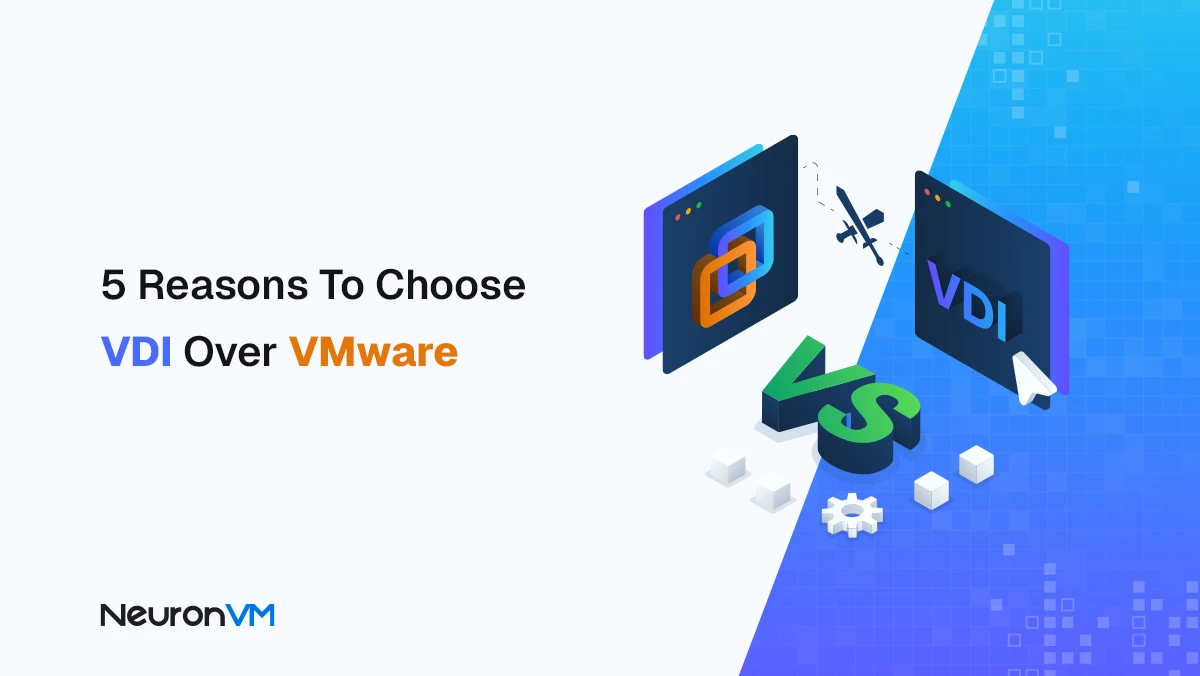What is RDP: Everything you need to know

RDP, or remote desktop protocol: What is RDP? Why do we need to access our desktop remotely, and why is a protocol necessary for this?
If you are interested in technology or you know a lot about computers, people will ask you lots of questions. If you had access to their computer at that specific time, then it’s okay, but what if not?
This is when RDP comes into play. It will allow us to connect with not only our friends and family but also with people from all over the world.
RDP (Remote Desktop Protocol) differs from screen sharing, it makes the connection between server and client. Using the RDP, users can access their systems on the network and control them as if they were local devices.
 In this article, we will explain RDP, how it works, and its advantages and disadvantages. Read until the end to learn everything in the simplest way possible.
In this article, we will explain RDP, how it works, and its advantages and disadvantages. Read until the end to learn everything in the simplest way possible.
What is a protocol?
Before getting started on our main subject, let’s define protocol. You must follow specific rules to send and receive data. These rules are established for networking to enhance the security of the connection between the user and the website browser.
Network protocols define how to transmit and receive data, the method of compression, and how to encrypt information. For example, when we visit a website, we use a protocol called “HTTP,” with the secure version referred to as “HTTPS.”
If i wanted to explain the protocol simply, I would say it is like the rules we establish for our games to make communication easier. for example in football, if a player ignores the rules, they receive a warning from the referee, and they may also be kicked out of the game. This concept is similar to protocols in networking.

How does Remote Desktop Protocol (RDP) work?
When using a remote desktop, your actions, such as typing on the keyboard and clicking the mouse, are reflected on the screen. The desktop you are connected to becomes your main display. Since all data transferred is encrypted, you may experience a slight delay in these actions.
RDP connects two computers (or any devices) using a network connection. This connection process involves the following steps:
- Connecting: The user wanting to connect to another system to control it uses an RDP application.
- Verifying identity: The destination system prompts you to enter your username and password for access verification.
- Setting up the connection: Once you are a verified user, the RDP connection will remain stable; this indicates that computers are linked together.
- Showing remote screen: Once the computers are connected, the source user can use their keyboard and mouse to control the destination computer as if they were in front of that monitor.
 Which operating systems can we use for RDP?
Which operating systems can we use for RDP?
We can utilize almost any operating system, such as Linux, macOS, Chrome OS, Windows, and even Android and iOS.
Note:
It is advisable to use Windows for Remote Desktop Protocol since it is developed by Microsoft, making it a seamless and secure option. However, you are free to use any operating system you prefer. You can run these operating systems natively or install various applications as needed.

Best applications for RDP connection:
Microsoft Remote Desktop: Microsoft developed this application, which is the official RDP application for macOS, Windows, Android, and iOS. You can download it free by visiting their main website.
Remmina: It is a well-known RDP client for Linux that supports various protocols.
AnyDesk: A widely used application for remote desktops that is fast and secure across multiple platforms.
TeamViewer: It is also an application that supports many operating systems and is known for its ease of use.
Chrome Remote Desktop: It’s a Google-developed application, and setting it up is very effortless.

Advantages of RDP
There are several advantages to using Remote Desktop Protocol, and we will explore some of them.
Working remotely: There is no need to always be present and available for work. You can work from anywhere in the world and have your income. As a CEO, you have the flexibility to search for employees globally, enabling you to find the best match.
Meetings and conferences: Enable collaboration on the same platform for groups, making it highly useful for work meetings and students.
Productivity: Our productivity increases because we don’t always need to be present to complete our tasks.
Affordable: Multiple users can access software on another desktop using RDP.
Security: RDP utilizes encrypted data transfer between source and destination, enhancing its security.

Conclusion
In this article, we discussed Remote Desktop Protocol (RDP), including the reasons to use it, its benefits, compatible operating systems, and secure applications for its use. We provided logical reasons to adopt RDP, but did you know it can also be used for gaming?
It may sound surprising, but RDP can indeed enhance your gaming experience. If you have a powerful PC but prefer not to play directly on it, you can connect your tablet to the PC and enjoy gaming from there. Additionally, you might even use RDP to play games with a friend. Just keep in mind that a strong internet connection is essential; otherwise, the experience may become frustrating.
You might like it

How VPS Trading Boosted My Profits and Cut Latency 70%

Top 5 Game VPS Providers in 2025 – Fast, Lag-Free & Trusted

Digital Marketing Tools in 2025: Strategies for Real Growth





